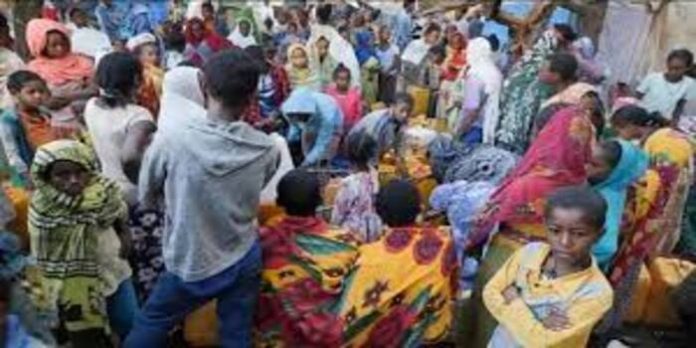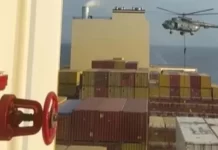The plea arrived from a remote area that had so far produced only rumors and residents fleeing for their lives. Help us, the letter said, stamped and signed by a local official. At least 125 people have already starved to death. Trapped in one of the most inaccessible areas of Ethiopia’s conflict-torn Tigray region, beyond the reach of aid, people “are falling like leaves,” the official said.
The letter dated June 16, obtained by The Associated Press and confirmed by a Tigray regional health official, is a rare insight into the most urgent unknown of the war between Ethiopian forces backed by Eritrea and Tigray’s former leaders: What’s the fate of hundreds of thousands of people cut off from the world for months? The letter that reached the regional capital, Mekele, this month from the cut-off central district of Mai Kinetal was just the second plea of its kind, the health official who confirmed it said. The first had been a message from Ofla district reporting 150 deaths from starvation, which the United Nations humanitarian chief shared in a closed-door session of the U.N. Security Council in April, bringing an angry response from Ethiopia’s government.
There is no access to clean water; electricity, phone communication, banking, health care, and access to humanitarian aid are blocked. Overall, the U.N. estimates that 1.6 million people remain in Tigray’s hard-to-reach areas, and the U.N. children’s agency last week warned that at least 33,000 severely malnourished children in hard-to-reach areas face the “imminent risk of death” without more aid. But humanitarian workers warn that the situation is especially fluid now amid some of the fiercest fighting yet.






















